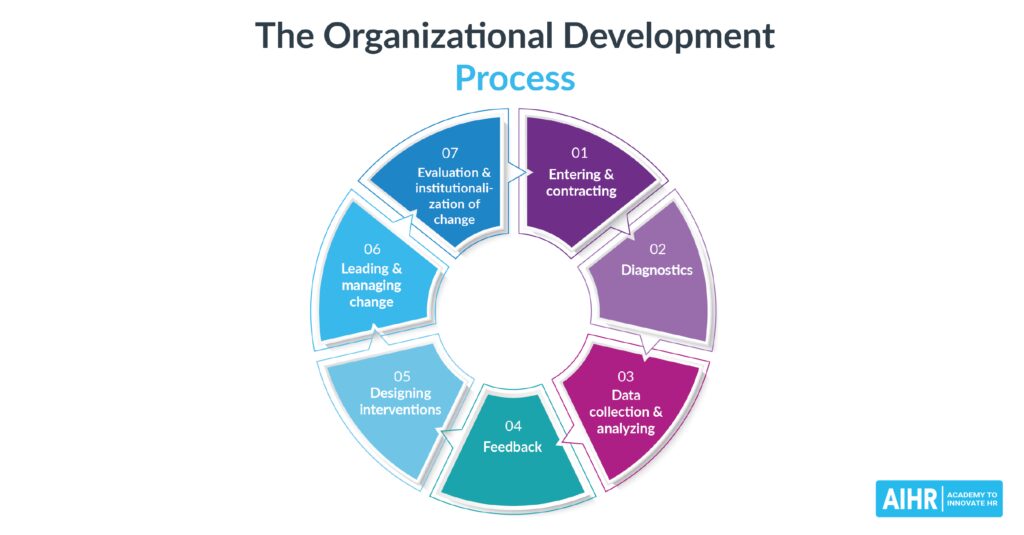Game development is a complex and collaborative process that involves various professionals. The process begins with ideation and concept development, followed by design and planning. The prototyping and proof of concept stage allows developers to experiment and gather feedback from playtesting. The alpha and beta builds are essential stages for testing and receiving feedback from players. The polishing and release stage involves final adjustments and marketing plans. Post-launch maintenance is also a crucial stage as updates and fixes are required. The gaming industry will continue to evolve, but the development process remains the backbone of the gaming world.
The Dynamic Process of Game Creation and Its Key Components
Game development is a complex process that requires significant collaboration and creativity from diverse professionals. While the specifics of game creation vary depending on the scope and genre of the game, there are key components that go into developing a successful game. Here is a detailed analysis of how games are made, highlighting the critical elements of the game development process.
Concept and Ideation
The game development process begins by defining the game’s concept and ideation. A game’s concept is the central idea behind the game, while ideation refers to the creative process of generating game ideas. This step involves brainstorming and evaluating potential game ideas based on various factors such as market analysis, genre trends and target audience preferences. At this stage, game developers need to establish an original concept that can capture the audience’s attention and provide players with a compelling experience.
Design and Planning
The design and planning stage is where game developers assess the feasibility and scope of their game concept. They consider the game mechanics, storyline, art aesthetics, sound design and the overall user experience during this phase. Game developers should ask, “What will the player do in the game?” and, “How will the game’s mechanics and systems work?” They determine the game’s level of complexity, genre, and the technology required to develop the game. At this stage, a development team underlines the required assets and resources to create the game, along with an estimated budget, schedule and milestones of the game development project.
Prototyping and Proof of Concept
Prototyping and proof of concept is an essential stage that allows the development team to experiment with the game’s mechanics and analyze the user experience. It provides an opportunity to understand how the game mechanics, components, levels, and controls work between designer and player interaction. Game prototypes offer developers the opportunity t o test game mechanics, assess the user experience and gather feedback to identify what works and what doesn’t. This stage is also a good time for playtesting, which allows developers to get vital feedback from players and improve the game design based on insight gained from this feedback.
The Alpha Build
The alpha build for a game is typically used to iron out the initial glitches and bugs present in the build. It is the essential version of the game that does not have all the necessary features but represents the minimum viable product. This build allows developers to focus on fixing any critical issues while making further adjustments to assets, art style, and game mechanics. The alpha build undergoes significant playtesting to gather feedback and recommendations for improvements from the development team and selected audience.
The Beta Build
The beta build is the advanced stage of a game’s development process. It represents the almost-finished product, with most of the features and assets in place. This is the stage where the development team will receive their most significant feedback from the playtesters. The beta build is an opportunity to discover any remaining glitches or issues that need to be fixed. Often, game studios will use beta builds to hold public “stress tests” to stress the game engine to the most extreme limits and discover any remaining issues embedded within the game.
Polishing and Release
The polishing and release stage is where the game is nearly completed. It consists of getting rid of any remaining bugs or issues with the code, adjusting final gameplay balance, testing the product’s overall stability, and adding any final feature enhancements. During this stage, the game developers determine the final release date, marketing plan of the game, packaging, CD cover art, manuals, and any promotional material. When the game is finally polished, it’s released into the market, and the developers wait to see how the audience reacts to their creation.
The Post-Launch Maintenance
Game makers understand that a game project is never really done, even after it’s released. Most of the time, it would require updates to fix bugs, update gameplay features, and respond to feedback from users. Dev teams frequently keep track of feedback and reviews from the players, collate the data, and react to any updates or fixes needed with the game. Game developers also meet to discuss the data and decide on potential new features to stay relevant within the gaming world.
Conclusion
The process of creating a game involves an extensive collaborative effort by a team of professionals, from concept ideation to post-launch maintenance. Through thoughtful process and planning, the development team creates an exceptional gaming experience for players worldwide. As the gaming industry continues to evolve, the creation of the gaming experience will continue to innovate and meet the ever-evolving needs of gamers. Gaming enthusiasts worldwide eagerly anticipate new additions to the video game industry, and the development of games is the backbone of the phenomenon we see in today’s gaming world.
